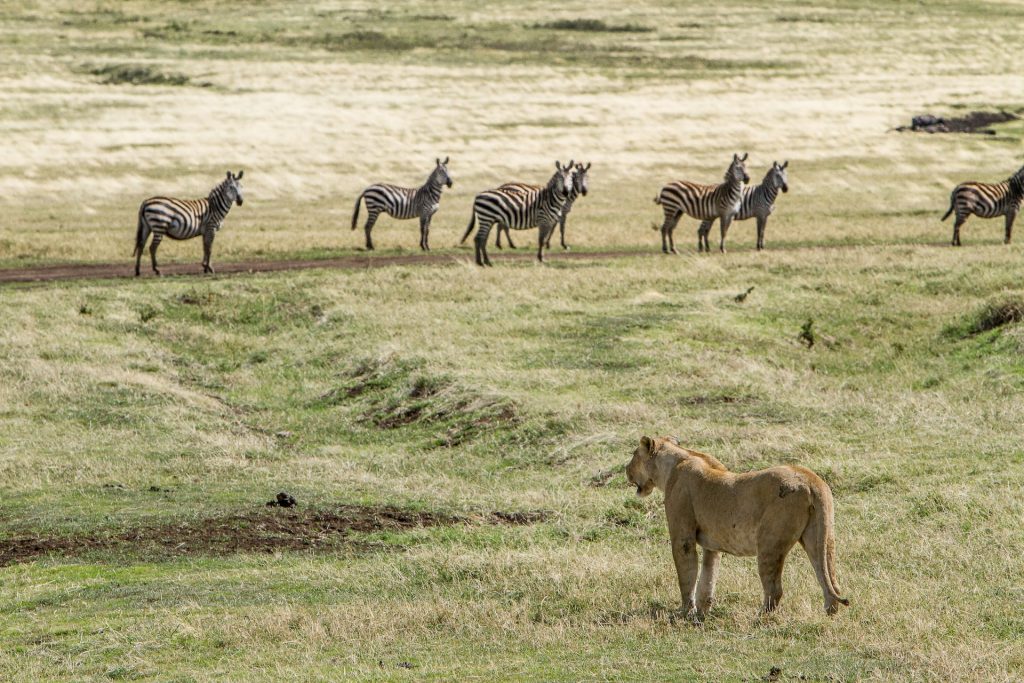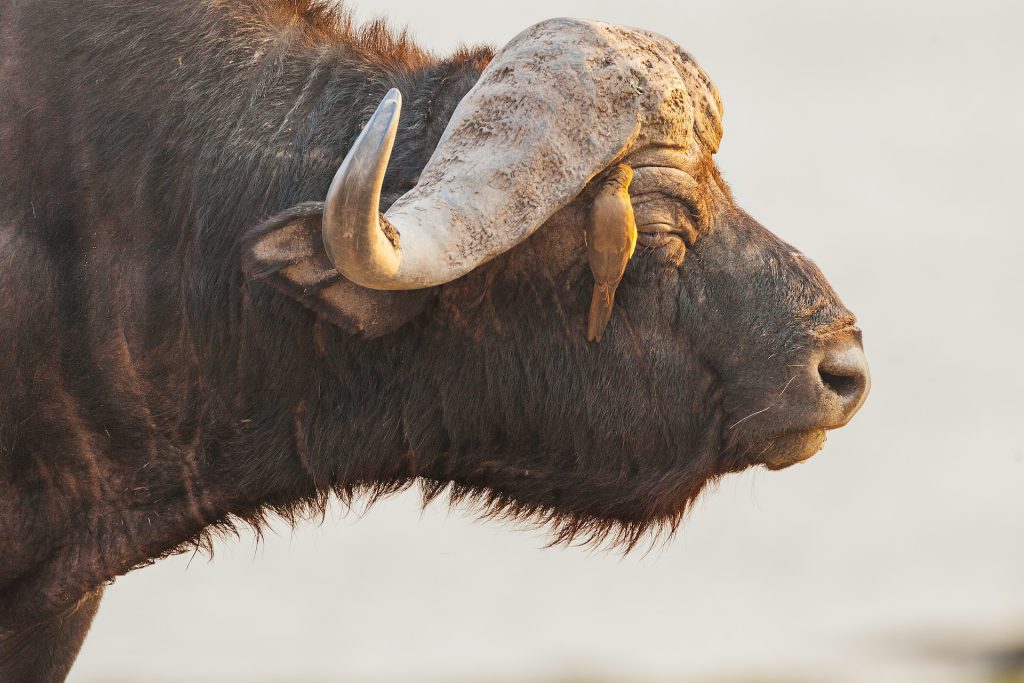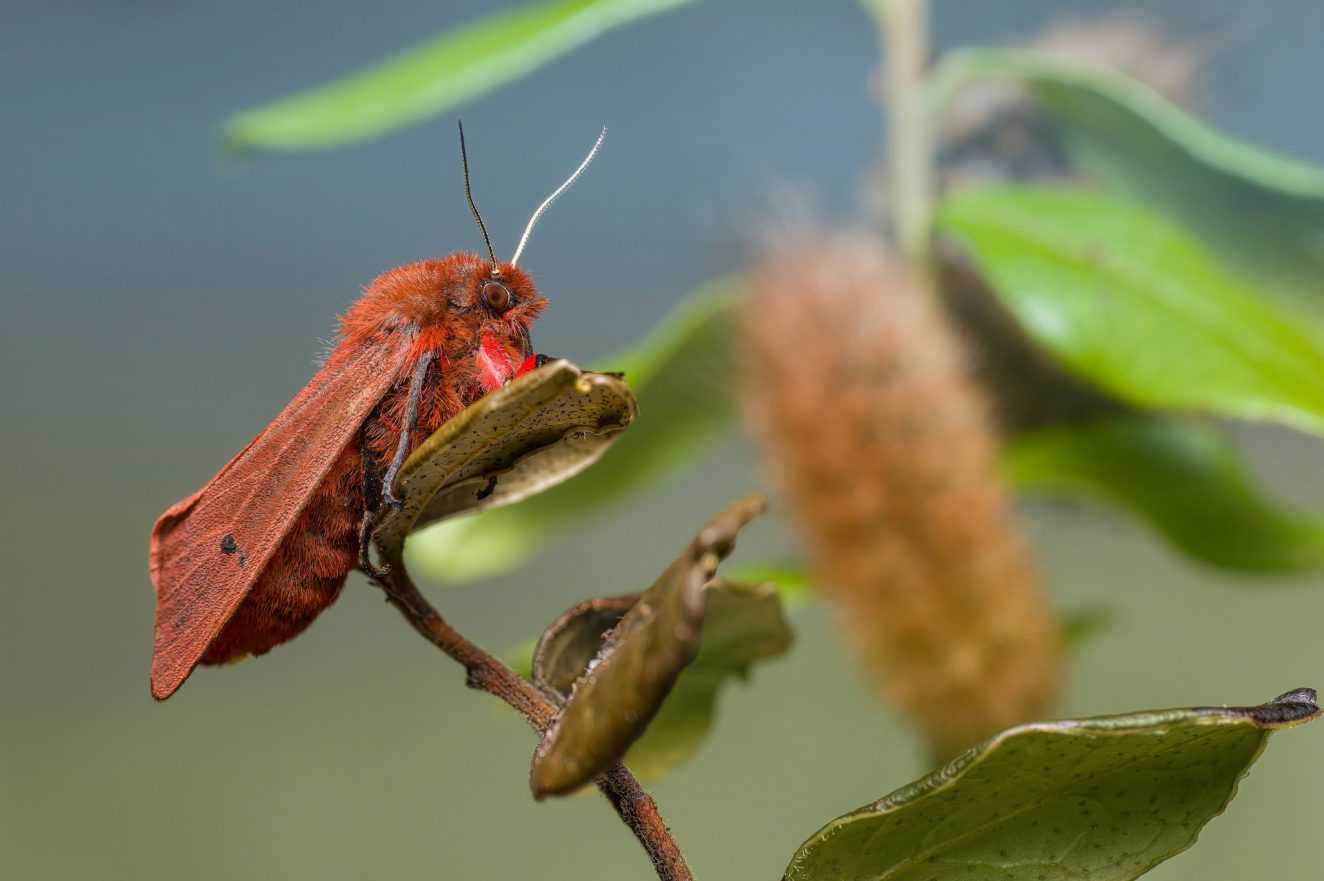When you take a moment to ponder the natural world, it’s like stepping into a never-ending soap opera. But instead of human characters, the cast consists of an astonishing array of creatures, from tiny microorganisms to towering trees. What makes it truly fascinating are the relationships that bind these life forms together. In this scientific exploration, we will embark on an epic journey to unveil the captivating world of the relationships among living things. Buckle up; it’s going to be a wild ride!

A Symphony of Symbiosis
First on our dramatic list is symbiosis, a term coined from the Greek words “sym” (together) and “biosis” (living). Symbiosis encompasses a wide variety of interactions, from parasitism to mutualism, and everything in between. So, what drives these interconnected storylines?
- Parasitism: Picture the parasite as the ultimate moocher. These cunning characters, such as ticks or tapeworms, exploit their host to survive, sometimes to the detriment of the host. The secret to their success is their ability to tap into their host’s resources without providing any tangible benefits in return.
- Mutualism: Now, imagine two characters who strike a deal that benefits them both. This is mutualism. In such relationships, organisms, like bees and flowers, rely on each other for survival. The bee receives nectar as a reward, and in return, the flower gets its pollen spread far and wide.
- Commensalism: This is the kind of relationship where one character is benefitting, and the other character doesn’t seem to mind. Think of barnacles hitching a ride on a turtle’s shell. The barnacle enjoys a free lift to new feeding grounds, while the turtle ambles along with a new companion without much consequence.
It’s All About Nutrients
Life is all about energy, and the relationships among living things often revolve around who gets to eat whom. Nutrient cycles are like plotlines that keep life’s characters alive and well.
- Predation: The predator-prey storyline is one of the oldest in the book. Think of lions hunting gazelles on the African savanna. Predators are equipped with adaptations like sharp teeth and keen senses, allowing them to track down and consume their prey. The prey, in turn, develops strategies for evasion and survival. This eternal chase keeps the characters sharp and the story evergreen.
- Herbivory: In a meadow or a forest, it’s a herbivore’s feast. Creatures like deer and caterpillars feed on plants, and this provides an essential source of energy. But plants aren’t helpless. They have evolved physical and chemical defenses, such as thorns and toxins, to fend off herbivores. It’s a never-ending battle of wits.
- Detritivory: In the dark underbelly of ecosystems, there’s a unique relationship at play. Detritivores, like earthworms and dung beetles, feed on decaying organic matter. They break down dead plants and animals into simpler compounds, which in turn nourish the soil. This often-overlooked storyline is crucial for recycling nutrients and maintaining ecosystem health.
The Family Tree of Evolution
In the grand narrative of life on Earth, all living things are connected through the remarkable process of evolution. This captivating storyline, shaped by Charles Darwin’s groundbreaking theory, highlights how species are linked through common ancestry.
Darwin’s theory of natural selection reveals that species adapt and evolve over time in response to environmental pressures. As life forms branch off from a common ancestor, they write their unique chapters in the epic saga of evolution.
The relationships among living things are not limited to the present moment; they extend across the vast timeline of evolutionary history. Each species has a role to play, a niche to fill, and a part to contribute in the grand narrative of life.

Ecosystems: The Grand Stage
Imagine Earth as a massive theater, with ecosystems as the stage where life’s actors perform. Ecosystems are made up of a diverse cast of species, each playing a role in the intricate web of interactions.
- Food Webs: In this intricate plot, producers (like plants) convert sunlight into energy, while consumers (like herbivores and carnivores) navigate the complex world of predation. Decomposers (like fungi and bacteria) close the loop by breaking down dead organisms and returning nutrients to the soil.
- Competition: Within ecosystems, competition for resources is a compelling storyline. Species often compete for the same food, water, and territory. This leads to a dynamic balance that keeps ecosystems diverse and vibrant.
- Keystone Species: Some characters in the ecosystem play a starring role. Known as keystone species, these organisms have a disproportionate impact on their environment. For example, the sea otter’s role in controlling sea urchin populations has a cascading effect on kelp forests.
The Dance of Coevolution
In the grand narrative of life, there’s a subplot where species evolve in response to each other’s presence. This phenomenon is known as coevolution. Picture a dance where partners continually adapt to each other’s moves.
- Predator-Prey Arms Race: In the predator-prey storyline, there’s an arms race at play. As prey evolve defensive strategies, predators evolve countermeasures. This cat-and-mouse game has been ongoing for millions of years, resulting in species with unique adaptations.
- Plant-Pollinator Symbiosis: In the world of plants and pollinators, coevolution has given rise to breathtaking relationships. Flowers have evolved colorful petals and nectar to attract pollinators, while pollinators have adapted to efficiently collect nectar and transfer pollen, ensuring the continued survival of both.
The Unfinished Story
In the grand narrative of life on Earth, the relationships among living things are a never-ending tale. Each character, whether large or small, plays a vital role in this intricate web of existence. From predation to mutualism, and from nutrient cycles to coevolution, life’s stories are interwoven in a magnificent tapestry that continues to unfold.

As you explore the world around you, remember that you’re witnessing a part of this remarkable story. Every creature, plant, and microorganism has its role to play, contributing to the ever-evolving drama of life on our planet. So, whether you’re gazing at a meadow or pondering a coral reef, take a moment to appreciate the beauty of the relationships among living things, the remarkable tapestry that binds life together.





